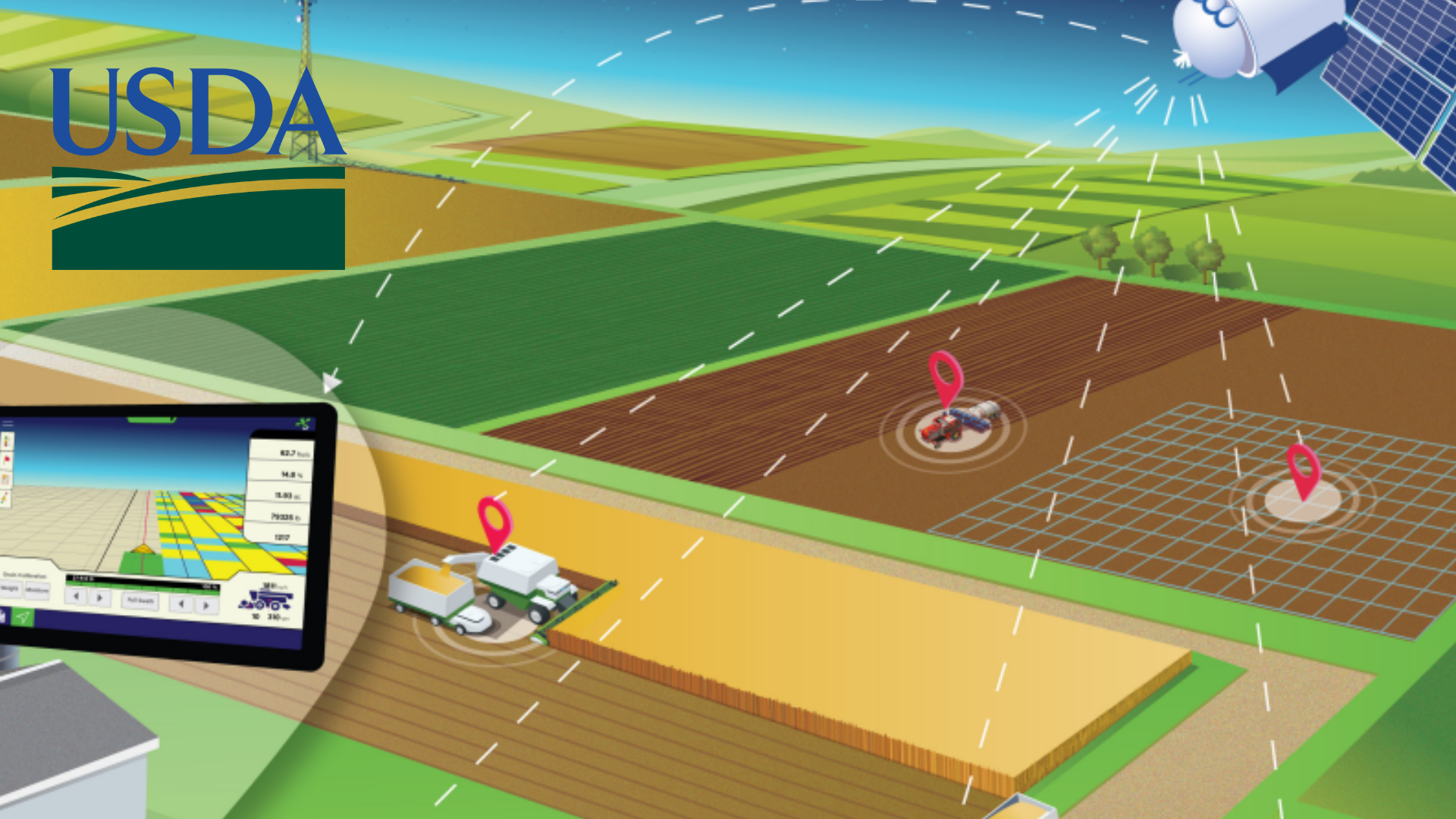Precision Agriculture in the Digital Era: Recent Adoption on U.S. Farms

Abstract
Digital agriculture – the ongoing transformation of farming that includes digitalization and automation of farming tasks – may be an important part of the solution to challenges facing U.S. agriculture, including rising production costs, climate change, and labor shortages, among others. This report documents trends in the U.S. farm sector’s adoption of digital agriculture technologies between 1996 and 2019, with emphasis on changes since 2016, using data from USDA’s Agricultural Resource Management Survey (ARMS). The adoption of yield maps, soil maps, and variable rate technologies (VRT), in addition to other technologies, has been substantial on corn and soybean acreage for many years. Though their use has been increasing in recent years, technologies such as yield maps, soil maps, and VRT have been adopted on only between 5 and 25 percent of total U.S. planted acreage for winter wheat, cotton, sorghum, and rice. However, adoption of automated guidance has increased sharply in the past 20 years, with application on well over 50 percent of the acreage planted to corn, cotton, rice, sorghum, soybeans, and winter wheat. Beyond documentation of trends, this report explores certain drivers of farmers’ uptake—including pricing, soil variability, USDA programs, labor-saving benefits, expected productivity impacts, and availability of consultant services.

